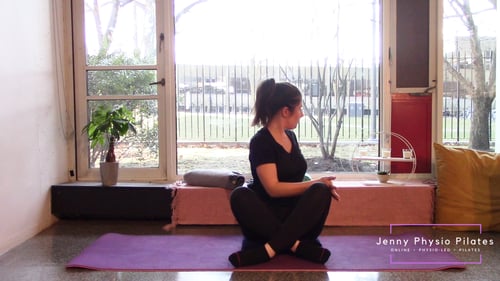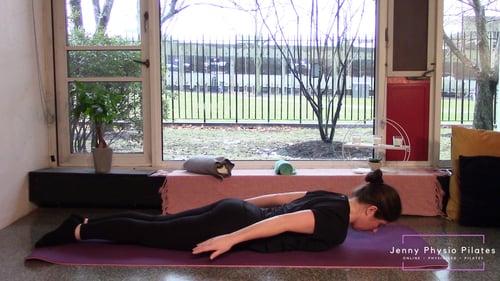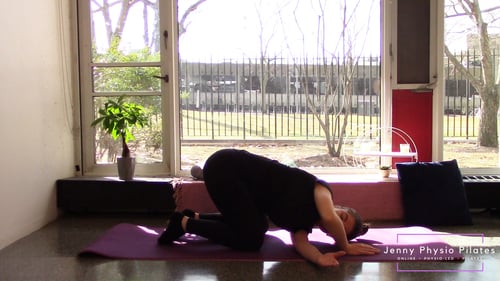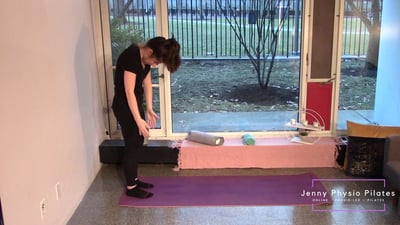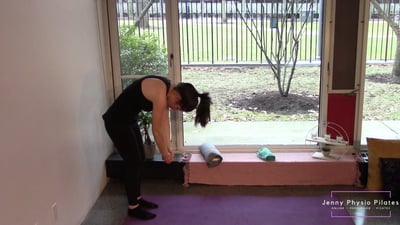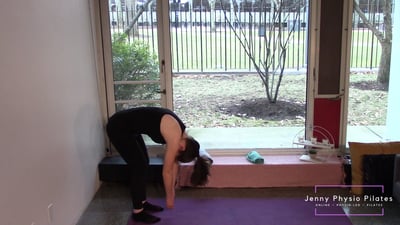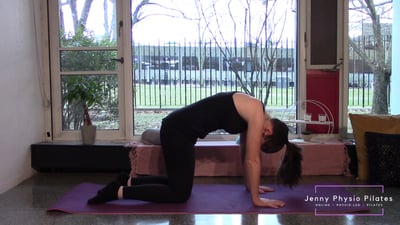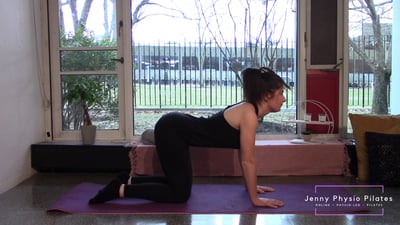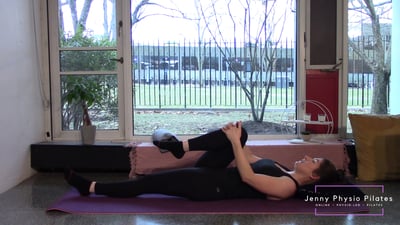It is estimated that 20% of the population suffer with persistent or chronic pain - a condition that has been under-recognised and under-treated for many years. As a Physiotherapist, it is the most common condition I see, usually in the form of chronic low back pain. This is my main area of interest and below is an infograph I created, as part of my Masters in the Clinical Management of Pain, to help explain what pain is and why it persists.


See tips for managing persistent pain here.
Information obtained from:
APKARIAN, A. V., BUSHNELL, M. C., TREEDE, R.-D. & ZUBIETA, J.-K. (2005). Human brain mechanisms of pain perception and regulation in health and disease. European Journal of Pain, 9, 463-463.
BASBAUM, A. I., BAUTISTA, D. M., SCHERRER, G. & JULIUS, D. (2009). Cellular and Molecular Mechanisms of Pain. Cell, 139, 267-284.
JAMES, S. (2013). Human pain and genetics: some basics. British Journal of Pain, 7, 171-178.
NIJS, J., PAUL VAN WILGEN, C., VAN OOSTERWIJCK, J., VAN ITTERSUM, M. & MEEUS, M. (2011). How to explain central sensitization to patients with ‘unexplained’ chronic musculoskeletal pain: Practice guidelines. Manual Therapy, 16, 413-418.
SCHAIBLE, H.-G. (2015). Emerging Concepts of Pain Therapy Based on Neuronal Mechanisms. In: SCHAIBLE, H.-G. (ed.) Pain Control. Berlin, Heidelberg: Springer Berlin Heidelberg.
WOOLF, C. J. (2011). Central sensitization: Implications for the diagnosis and treatment of pain. Pain, 152(3), S2-S15.



